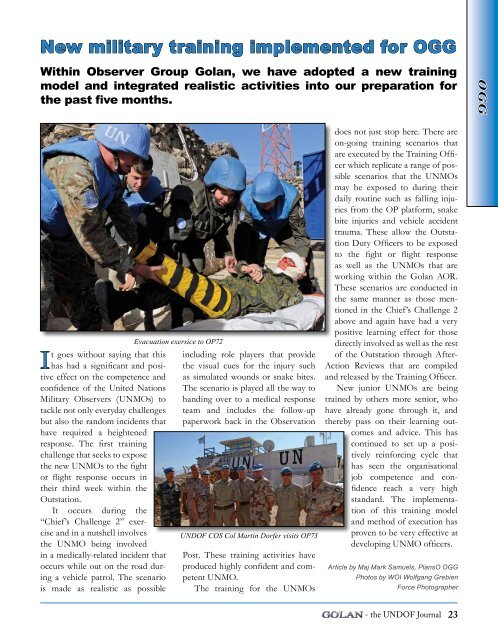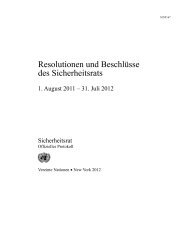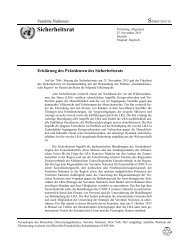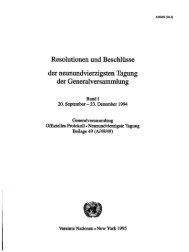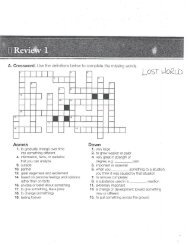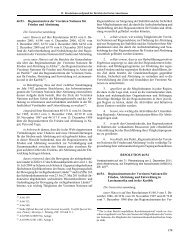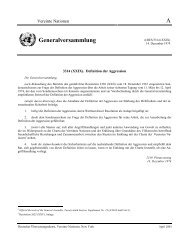Dear Warrior Peacekeepers
Dear Warrior Peacekeepers
Dear Warrior Peacekeepers
You also want an ePaper? Increase the reach of your titles
YUMPU automatically turns print PDFs into web optimized ePapers that Google loves.
New military training implemented for OGG<br />
Within Observer Group Golan, we have adopted a new training<br />
model and integrated realistic activities into our preparation for<br />
the past five months.<br />
It goes without saying that this<br />
has had a significant and positive<br />
effect on the competence and<br />
confidence of the United Nations<br />
Military Observers (UNMOs) to<br />
tackle not only everyday challenges<br />
but also the random incidents that<br />
have required a heightened<br />
response. The first training<br />
challenge that seeks to expose<br />
the new UNMOs to the fight<br />
or flight response occurs in<br />
their third week within the<br />
Outstation.<br />
It occurs during the<br />
“Chief’s Challenge 2” exercise<br />
and in a nutshell involves<br />
the UNMO being involved<br />
in a medically-related incident that<br />
occurs while out on the road during<br />
a vehicle patrol. The scenario<br />
is made as realistic as possible<br />
Evacuation exersice to OP72<br />
including role players that provide<br />
the visual cues for the injury such<br />
as simulated wounds or snake bites.<br />
The scenario is played all the way to<br />
handing over to a medical response<br />
team and includes the follow-up<br />
paperwork back in the Observation<br />
UNDOF COS Col Martin Dorfer visits OP73<br />
Post. These training activities have<br />
produced highly confident and competent<br />
UNMO.<br />
The training for the UNMOs<br />
does not just stop here. There are<br />
on-going training scenarios that<br />
are executed by the Training Officer<br />
which replicate a range of possible<br />
scenarios that the UNMOs<br />
may be exposed to during their<br />
daily routine such as falling injuries<br />
from the OP platform, snake<br />
bite injuries and vehicle accident<br />
trauma. These allow the Outstation<br />
Duty Officers to be exposed<br />
to the fight or flight response<br />
as well as the UNMOs that are<br />
working within the Golan AOR.<br />
These scenarios are conducted in<br />
the same manner as those mentioned<br />
in the Chief’s Challenge 2<br />
above and again have had a very<br />
positive learning effect for those<br />
directly involved as well as the rest<br />
of the Outstation through After-<br />
Action Reviews that are compiled<br />
and released by the Training Officer.<br />
New junior UNMOs are being<br />
trained by others more senior, who<br />
have already gone through it, and<br />
thereby pass on their learning outcomes<br />
and advice. This has<br />
continued to set up a positively<br />
reinforcing cycle that<br />
has seen the organisational<br />
job competence and confidence<br />
reach a very high<br />
standard. The implementation<br />
of this training model<br />
and method of execution has<br />
proven to be very effective at<br />
developing UNMO officers.<br />
Article by Maj Mark Samuels, PlansO OGG<br />
Photos by WOI Wolfgang Grebien<br />
Force Photographer<br />
- the UNDOF Journal<br />
23<br />
OGG


